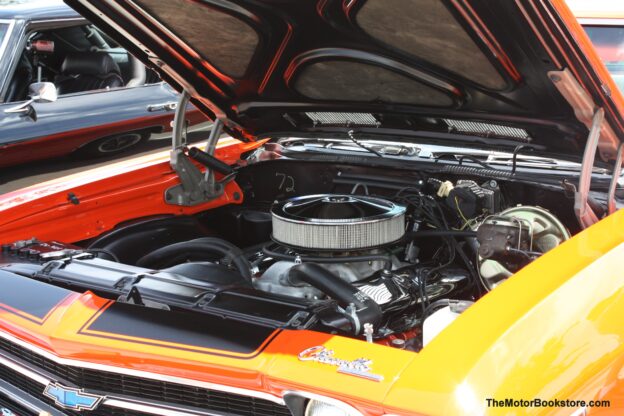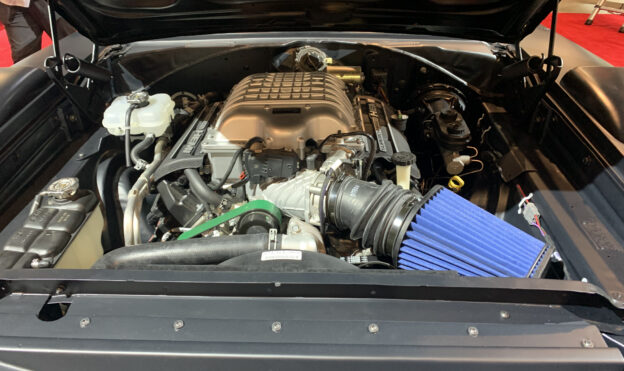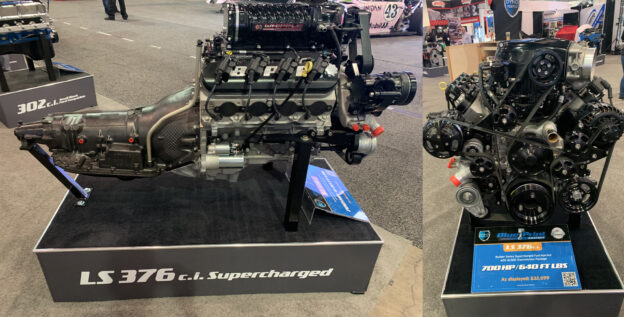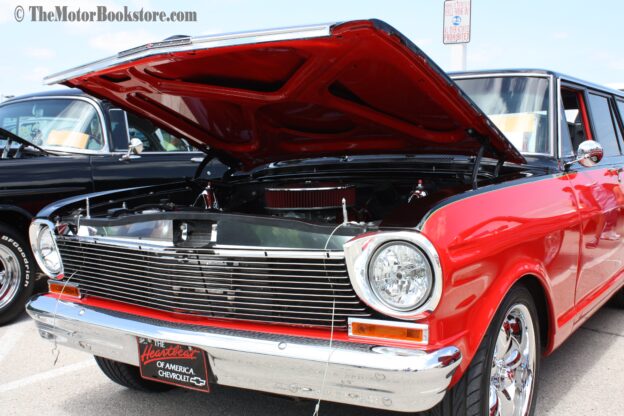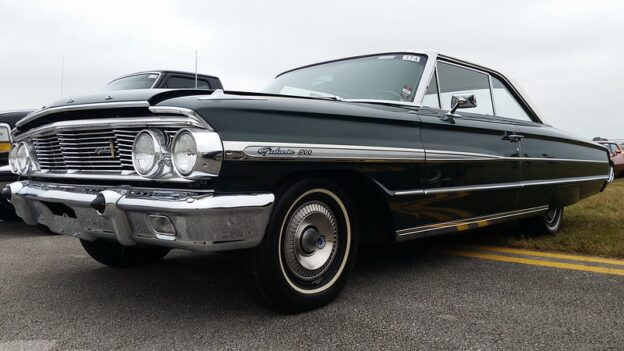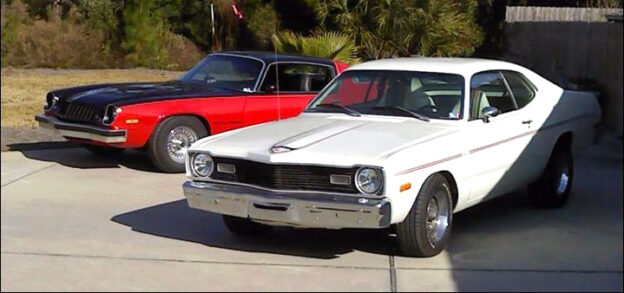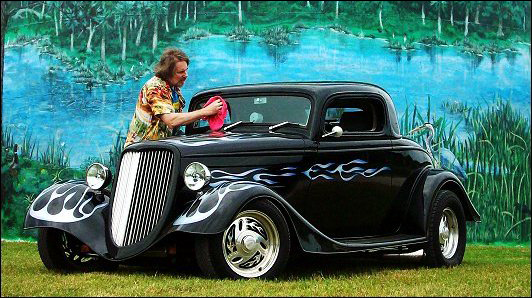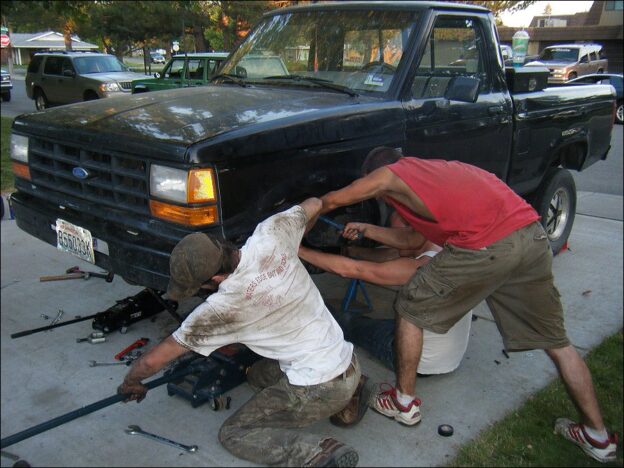
What’s the Best Engine for a Beginner to Rebuild?
Rebuilding an engine can be a rewarding, satisfying experience, especially as you become more skilled. However, it can take a while to learn the ins and outs of engines. Beginners might want to start with a relatively easy project rather than jumping right into complex dual overhead cam monstrosities. Here, we’ve selected engines that are ideal for DIY’ers looking to get their feet wet.
4-Cycle small engines
These inexpensive engines are commonly found in lawn mowers, snow blowers and golf carts. These are basically miniature vehicle engines, meaning that fewer parts, tools, and space are needed to work on them. With replacement parts widely available, they represent a good starting point for a beginner engine rebuild. Some manufacturers also sell rebuild kits with standard replacement parts such as rings, valves, gaskets, pistons and seals to get you started.
Motorcycle and dirt bike engines
These engines are good beginner options for many of the same reasons as a lawn mower or snow blower engine. A classic single-cylinder 2-stroke motorcycle or dirt bike engine makes for the easiest option, though more general maintenance is required. A multi-cylinder 4-stroke engine will….
Your car’s engine is its beating heart. It powers everything, keeps your vehicle running, and is arguably the most critical component of any car. Over time, though, wear and tear take a toll on this essential part. This leaves you with a crucial decision: should you repair or replace your engine? Understanding the signs and assessing your options will help you make the right choice for you and your car.
Recognizing Symptoms of Engine Trouble
Before deciding whether to replace or repair your engine, it’s important to identify the symptoms of engine problems. Knowing these warning signs could save the car’s engine and your money. Common symptoms of engine trouble include:
Unusual noises: A knocking or tapping noise typically points to worn engine bearings, faulty pistons, or other internal problems. Excessive exhaust smoke: If you notice black, blue, or white exhaust smoke, this could signal burning oil, incomplete combustion, or a coolant leak in the engine. Each color of smoke points to a different issue that needs to be addressed. Loss of performance: If your car struggles to accelerate or drops in power and fuel efficiency, it could indicate internal damage or malfunction. Frequent overheating:….
Transmissions are one of the most essential parts in your vehicle, acting as the middleman between the engine and the driveshaft. They also suffer more wear and tear than other parts, and failures can be expensive to repair. With this guide, you’ll learn about common automatic transmission problems so you can diagnose them early.
Problems going into gear
Once you shift into drive, your transmission should immediately go into the appropriate gears. But a balky transmission will sometimes hesitate, go into the wrong gear, or just not go into gear at all. As it gets worse, the transitions between gears become more jarring. Potential causes include problems with the gears, an open electrical circuit, failed shift solenoids, or broken valves.
Slipping gears
Another sign of trouble is your car slipping out of gear while driving. You can tell this is happening if the RPMs rev higher than normal without an increase in speed. This could be caused by worn or broken gear linkage, a worn clutch, or faulty solenoids. If the transmission only slips when it’s warm, it may mean the internal seals or valves are broken.
Low/leaking fluid….
You’ve finally completed your first car restoration and are ready to show it off, but what do you need to do to make your first car show go smoothly? The Motor Bookstore is here to help make prepping for your first car show go smoothly so everyone can see your handiwork at its best.
Cleaning the Exterior
Everyone will see your car’s body first, so be sure to make a good impression. Begin by cleaning the engine and undercarriage with a good degreaser. Next, do tires and wheels using a commercial cleaner spray and scrub brush. Finally, hose the car down and clean it with an automotive cleaner and sponge, working your way from the roof down. Rinse the car and dry with a microfiber towel.
Waxing
A good waxing will really make your car shine. Apply wax in thin coats, working in small sections around the car. Make sure to do this in the shade or other cool environments – if the paint gets hot, the wax will dry too quickly and cause hazing.
Interior
People will be peeking inside your car at the show, and you want them to like what….
Restoring a classic Ford Galaxie is a labor of love that requires time, patience, and dedication. These beautiful American full-size cars, manufactured from 1959 to 1974, are popular among vintage automobile enthusiasts. However, bringing a Galaxie back to its original glory can present several challenges. In this comprehensive guide, we’ll explore the most common hurdles faced during the restoration process and offer practical solutions to help you navigate your way to a beautifully restored classic Ford Galaxie.
1. Finding Rare and Discontinued Parts
One of the most significant challenges in restoring a classic Ford Galaxie is locating original or reproduction parts. Some components may be rare, discontinued, or require customization to fit properly.
Solution: Search for specialized online retailers and auction sites that cater to classic Ford car enthusiasts. eBay, Hemmings, and Collectors Auto Supply are great starting points. Join Ford Galaxie forums, online communities, and social media groups where fellow enthusiasts share resources, advice, and parts for sale. Visit local swap meets,….
Buying a used car can be a great way to save money and still get a reliable vehicle, but it’s important to inspect it thoroughly before making a purchase. By taking the time to look over the car carefully, you can avoid potential problems and make sure you’re getting a good deal. Read on to learn more about how to inspect a used car before buying.
What to Bring
Some basic supplies will help you during the inspection process. Bring a notebook and pen to take notes and a small flashlight for the engine compartment. A magnet will help you detect concealed body work, and a CD or auxiliary cord is good for testing the sound system. Also, bring paper towels for checking fluids and a code reader for the onboard computer.
Check the Exterior
The first step in inspecting a used car is to check the exterior for any damage or signs of wear and tear. Look for scratches, dents, and rust, as these can all be indicators of larger problems. Check if there’s any sagging, which could show signs of suspension or frame problems. Make sure the body panels are all aligned….
Should I Paint a Scratch on My Car?
As hard as you try to take care of your car, scratches are seemingly inevitable. Falling tree branches, keys that miss their mark, and bumps from people or luggage can all leave unsightly dings and blemishes on your vehicle. But should you paint a scratch on your car? The Motor Bookstore weighs in below.
The Pros and Cons
The main arguments against painting scratches on a car are that A) it can potentially be expensive and time-consuming, and B) fixing scratches aren’t essential to a car’s performance. After all, if it doesn’t get you where you’re going and faster, then what does it matter? However, we ultimately come out in favor of painting scratches for a few big reasons.
To begin with, even minor scratches will hurt your car’s resale and trade-in value. You may not care about them, but dealerships certainly will. In addition, deep scratches that penetrate the base coat or primer are prime candidates to eventually develop into rust holes. Lastly, many automotive experts agree that scratches can adversely affect your own view of the car – and if you think less….
As any car owner quickly learns, car repairs are a fact of life. But The Motor Bookstore doesn’t want you spending a small fortune just to keep your car on the road. That’s why we’ve compiled five ways to save serious money on car repairs the next time you need work done.
1. Do as much of your own work as possible
As long as you have a good vehicle manual and a space to work in, you can learn to do a lot of basic maintenance and repairs. Changing your own oil, filters, tires, fluids, headlights and brakes will save you hundreds of dollars in labor costs while reducing the chances of major failures in the future.
2. Find good repair shops and mechanics
Be selective about who you bring your car to for work. Read reviews, talk to friends, or even visit a shop to see how things work there. Good shops should be ASE certified, clean, have good parts and labor guarantees, and get customers in and out quickly. Getting good work done now will save money later on.
3. Shop around
Even if you’ve found a repair….
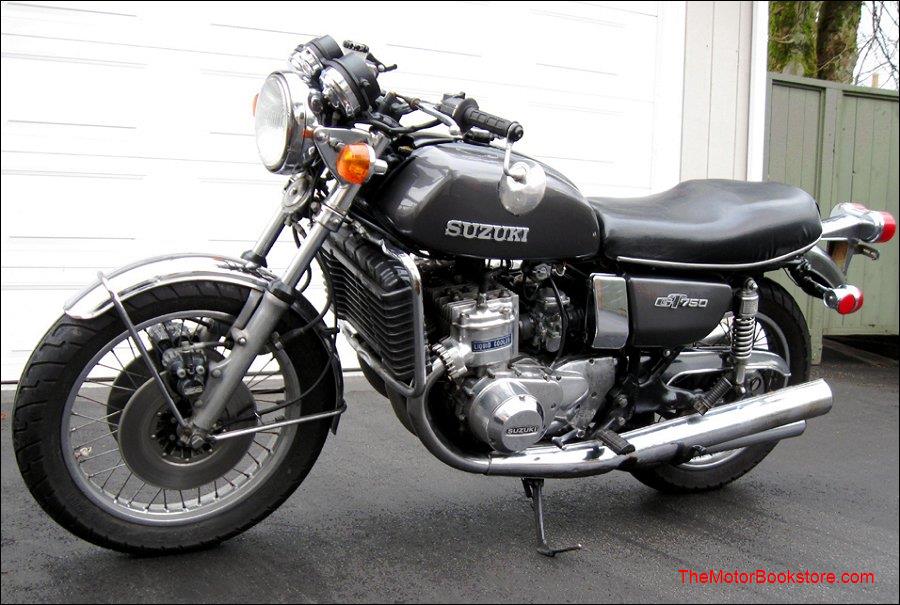 Getting Your Bike Ready For The Winter
Getting Your Bike Ready For The Winter
When the leaves fall and the temperature drops, it is a sign to start getting your motorcycle ready for the winter. That, of course, means doing a little more than simply parking your motorcycle in an out of the way corner of the garage or pulling a cover over it while it sits in a storage building. Proper motorcycle winter storage goes a long way in giving your bike a long, useful life.
The first step in getting your bike ready for its winter hiatus is reading the maintenance and repair manual. Repair manuals give you valuable tips about maintenance and tune-ups that can be done before storing the bike for the winter. Some of those tips can be found in the next section.
Winter Storage Tips
Here are a few tips for preparing your motorcycle for winter storage:
Clean and wax the bike. A clean bike keeps grease, oil, dirt and corrosive materials….
Engine Rebuild Cost Saving Tips 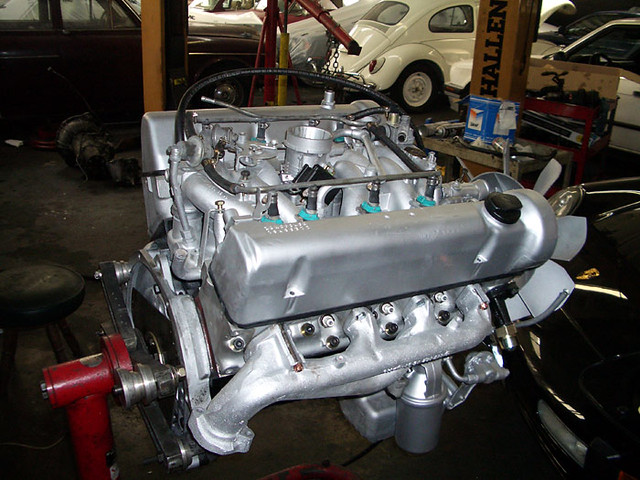 Image by Matt
Image by Matt
One of the big reasons to rebuild an engine is that, if done right, it can be significantly less expensive than purchasing a new one. If your budget is particularly tight, you’ll be looking to save every penny you can. Following these engine rebuild cost saving tips below will help your dollar go further when you’re working to get your favorite ride back on the road.
Do your research
When you have a limited budget, you can’t afford to throw away money on parts that don’t fit your engine or to make a mistake mid-rebuild. Make sure to do as much research as possible before beginning. Find out your engine’s model, year, displacement, etc. and determine what parts will match. Get an engine building manual as specific as possible to your engine with detailed instructions. And wait to order parts until you’re absolutely certain what you need.
Only replace what needs….
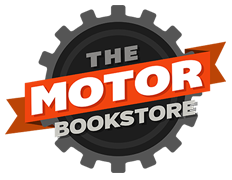
 Shop Store
Shop Store